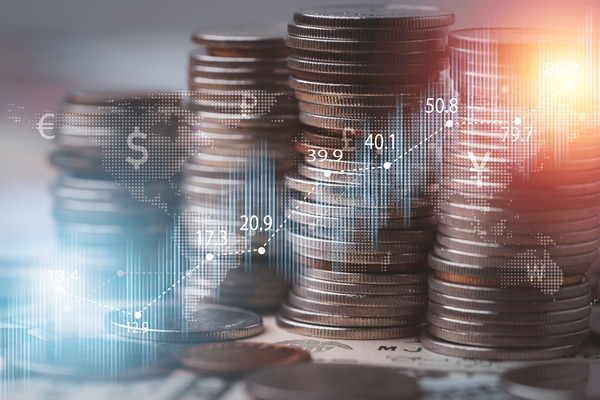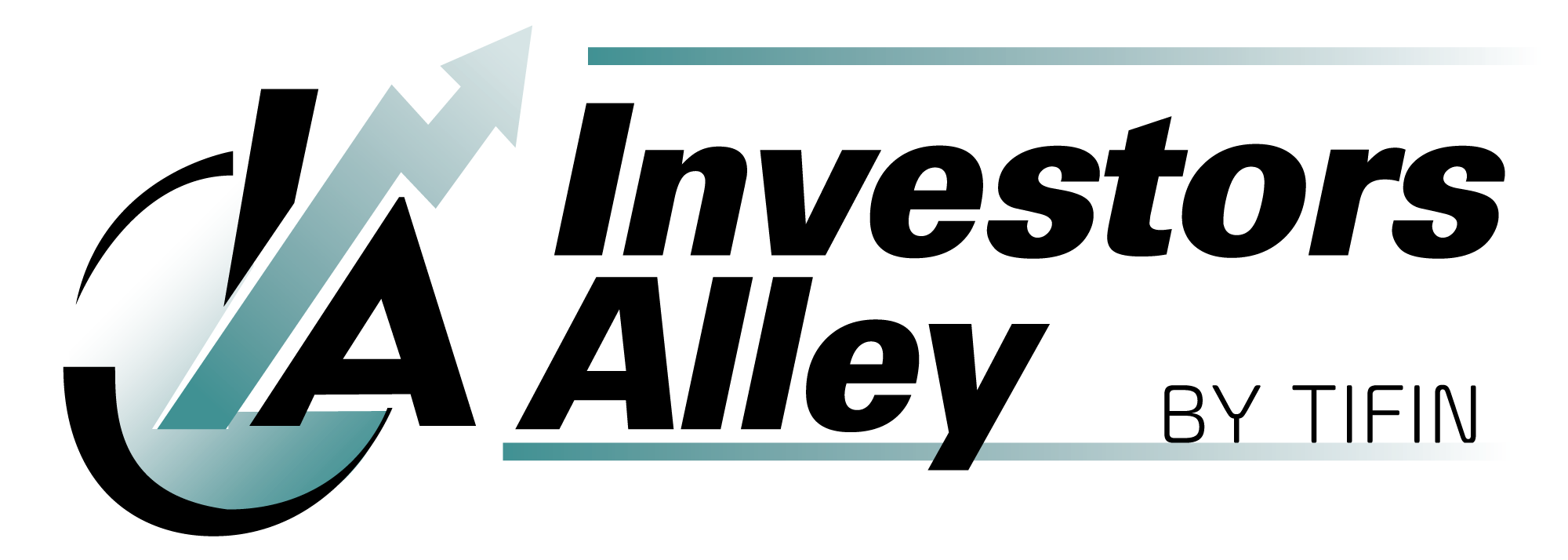Last year, 2022, closed out as one of the worst years for investors on record. Stocks suffered a bear market, with the S&P 500 down 20% from its January high, and the Nasdaq lost 35%.
These numbers weren’t close to records, but when you add the record decline in bond prices, it was one of, if not the worst, year on record for a balanced portfolio.
What clues does history offer as we look ahead to 2023?

First, I think making historical comparisons is challenging in this modern world. Investing and trading are very different today. Most of the past results occurred before we had an instant news cycle and the ability to trade without paying large commissions. For example, before the 1990s and the widespread use of the Internet, stock prices showed up daily in the Wall Street Journal, and it cost $100 or more in commissions to trade 100 shares of stock.
With that in mind, let’s look at some stock market history. In the last 50 years, the S&P 500 has posted consecutive down years just twice. The first occurrence occurred five decades ago, in 1973 and 1974. And the market experienced three successive down years, from 2000 through 2002. The Great Financial Crisis had just a single negative year, 2008. The market bottomed in March 2009 and finished with a 26% gain for that year.
2009 may be a good reference for 2023. When the market turned higher after that March bottom, stock prices went gangbusters. From its 2008 closing value until the March 2009 low, the S&P 500 dropped by 26%. It was a brutal time to be an investor. But over the final nine months of 2009, stocks gained 67%!
Bond prices are a different beast. Bond values are a mathematical function driven by interest rates. When rates go up, bonds go down. At some point in the next four-to-six months, the Federal Reserve will stabilize rates, and bond prices will do the same.
These historical anecdotes coincide with my belief that the first half of 2023 will remain volatile. But there is a strong potential for share price gains during the second half of the year.
Since my strategies focus on building an income stream, these next few months will let my subscribers build up their income stock positions, locking in excellent yields. I have added some high-yield bond investments to my Dividend Hunter recommendations list.
I know investing can be emotionally challenging when the market seems completely unpredictable. The truth is that it is always unpredictable. Investors in March 2009 had no clue that stocks would gain 67% by the end of the year. I tell my subscribers that if they invest with the goal of building their dividend income, share prices will take care of themselves.
Investing to grow your income naturally leads to buying when prices are down and watching your portfolio grow when prices move higher.
Look at Starwood Property Trust (STWD) for one stock to pick up now. At the current $18.50, STWD yields 10.5%. To get back to the historical typical yield of 7.5%, the shares must climb to more than $25.00.






